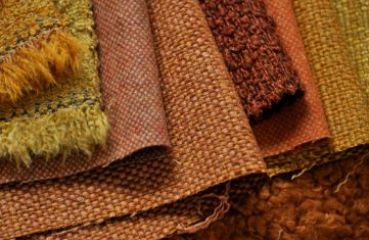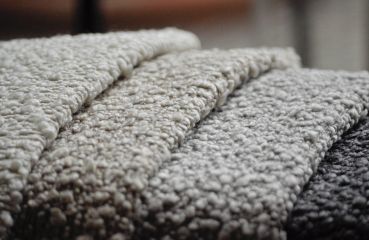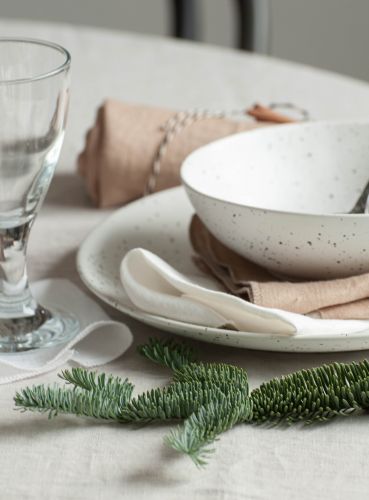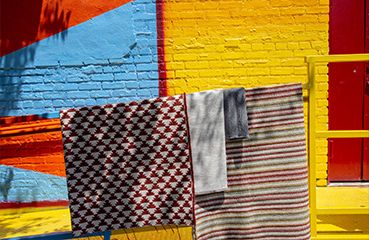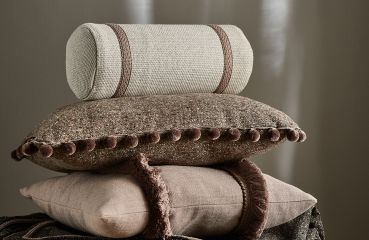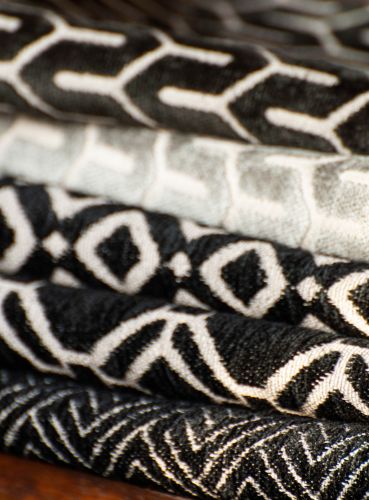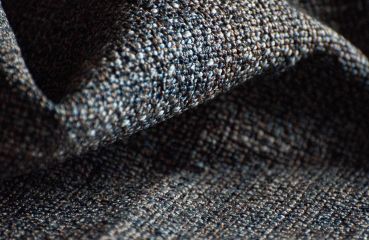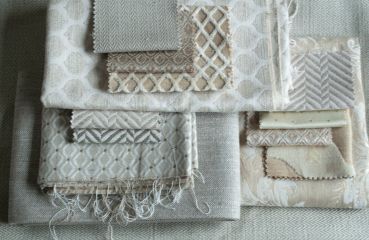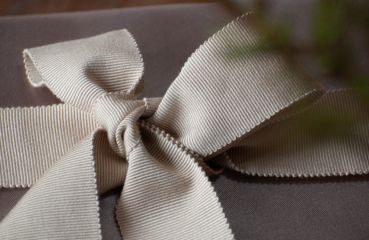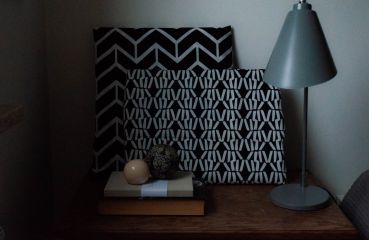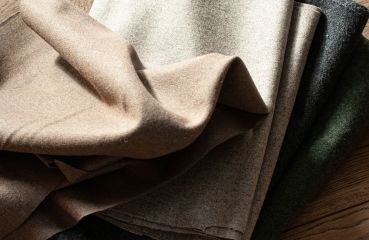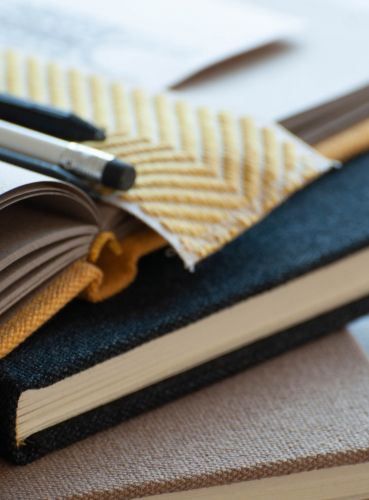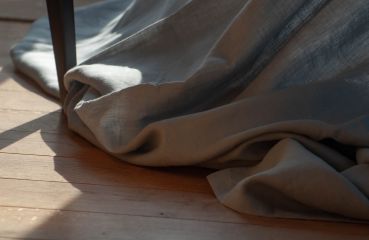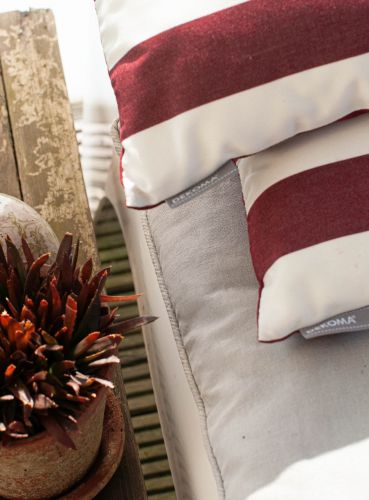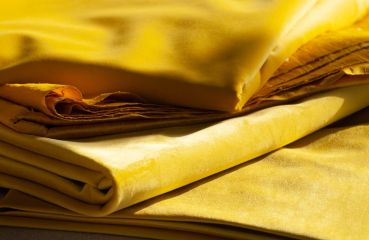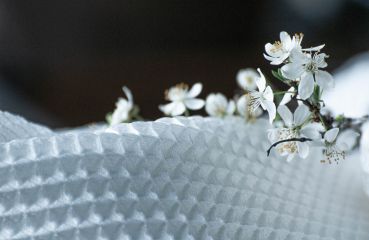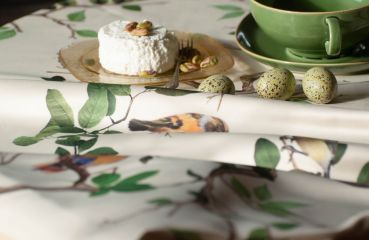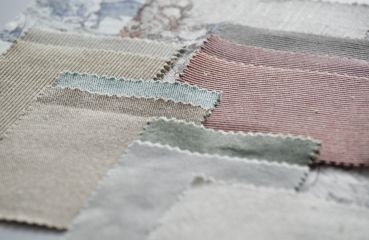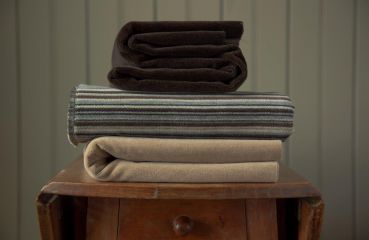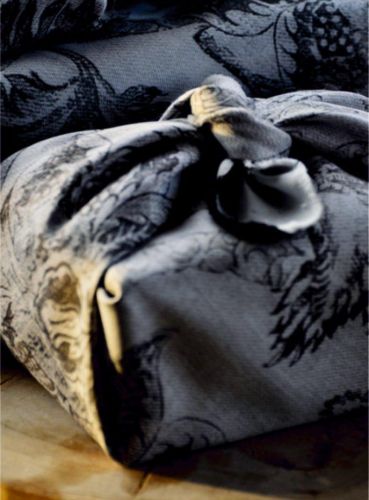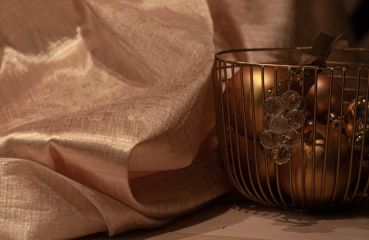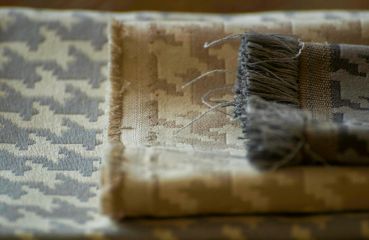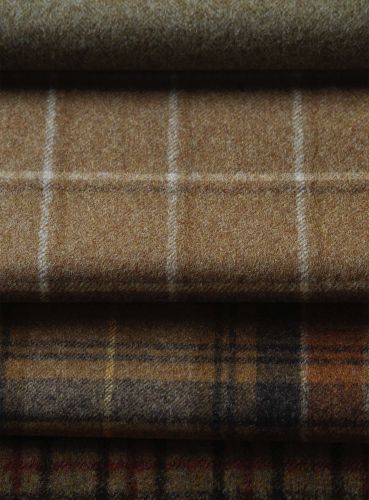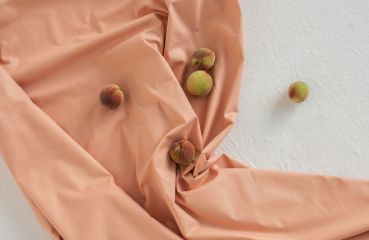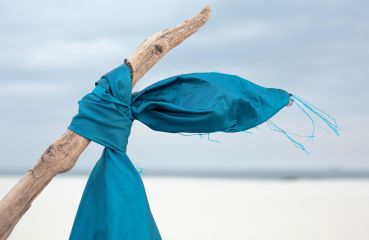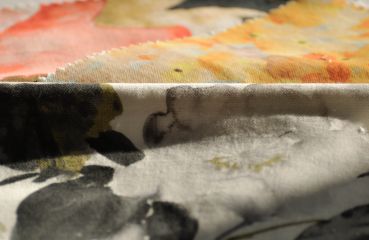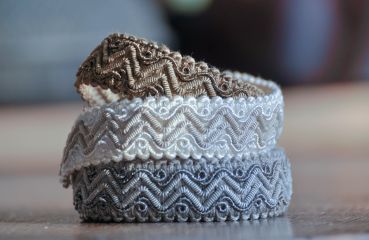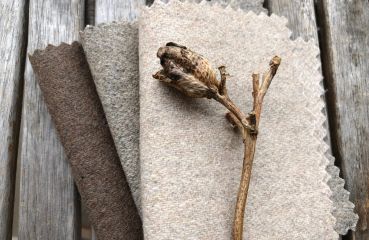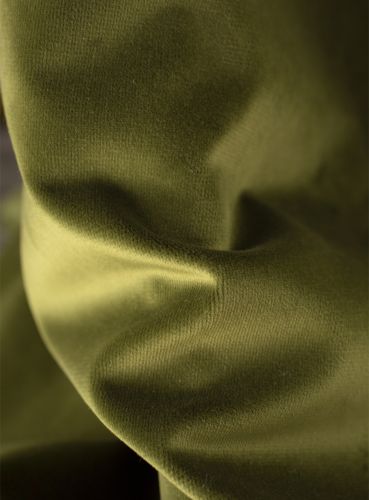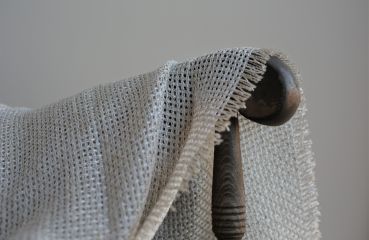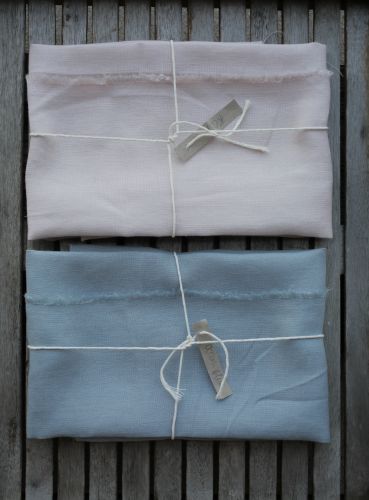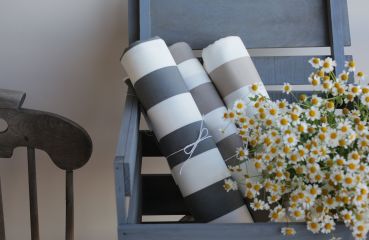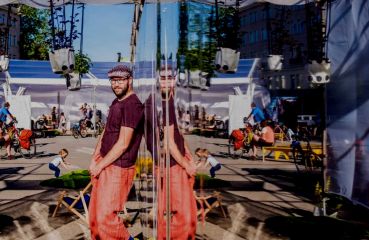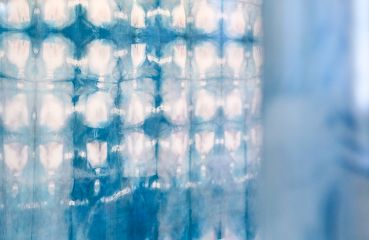ABOUT BOUCLÉ FABRICS
What does bouclé actually mean?
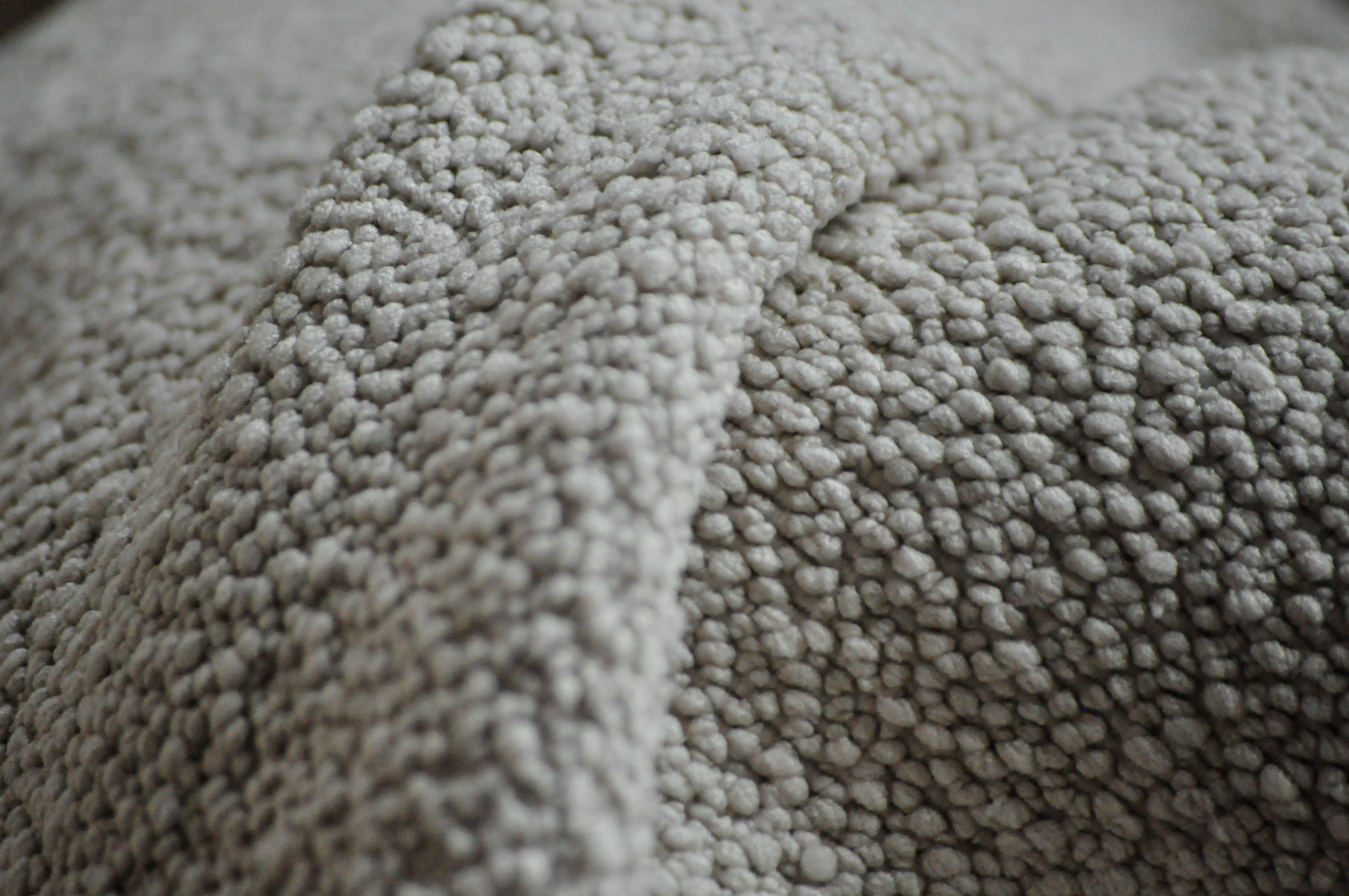
In French, the word “bouclé” literally means “twisted” or “curly”. These terms perfectly reflect the nature of this material. This is because bouclé is a type of a thick, very pliable fabric or knitted fabric with a specific, irregular structure. It is produced from a decoratively twisted yarn, whose surface is covered with nodes, knots, twirls and loops of varying sizes. Being so uneven, it perfectly conceals the seams, which vanish among the omnipresent knots.
As a loop fabric, bouclé can be made from various fibres and come in multiple variants.
The same word is used to describe the yarn formed through combining two or sometimes three threads. The most common fibres used in the production of this material are wool and wool-rich blends. Consequently, alpaca bouclé, for example, can be composed of an alpaca and wool blend, with addition of nylon or other synthetic material providing enhanced durability.
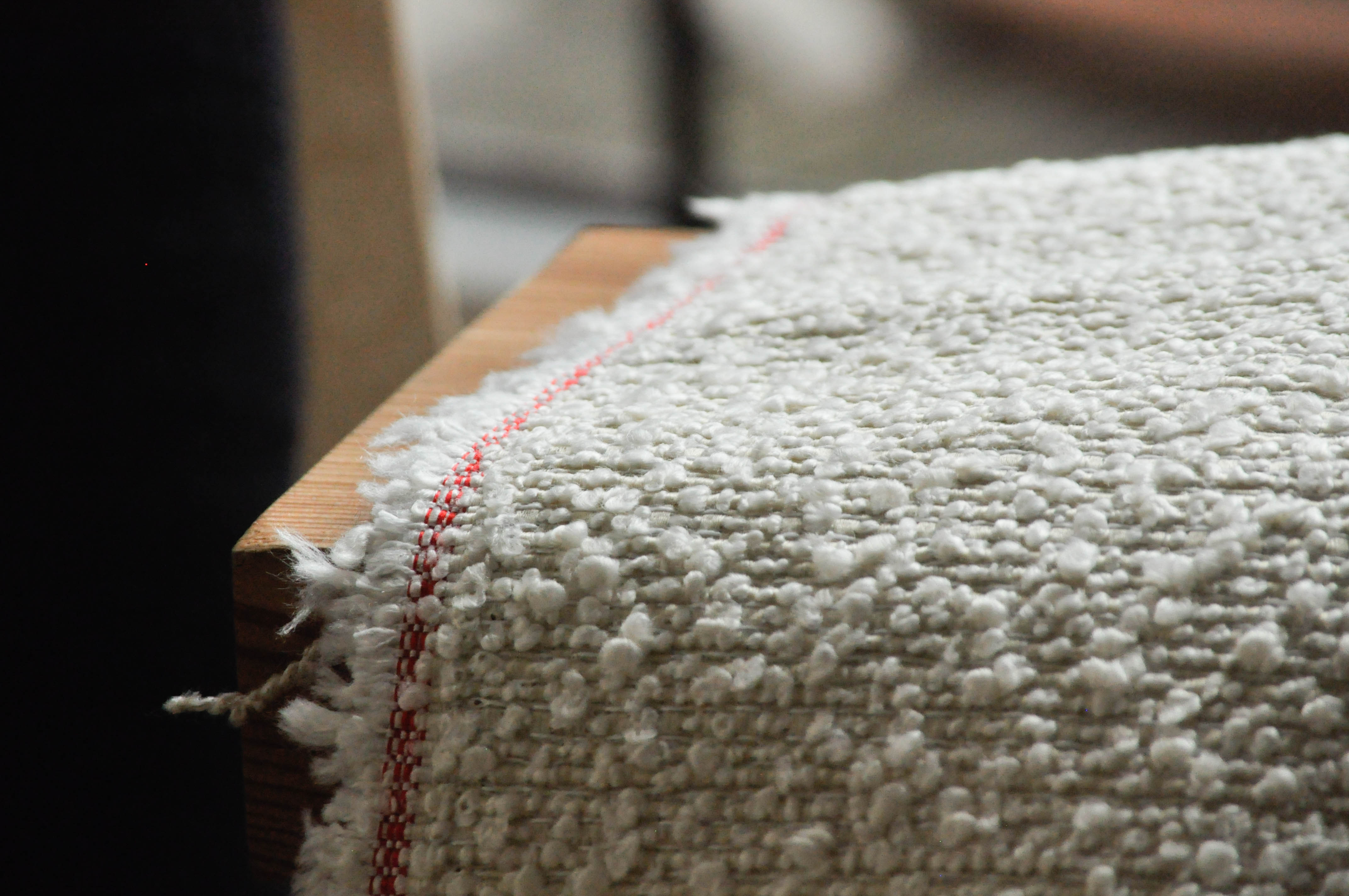
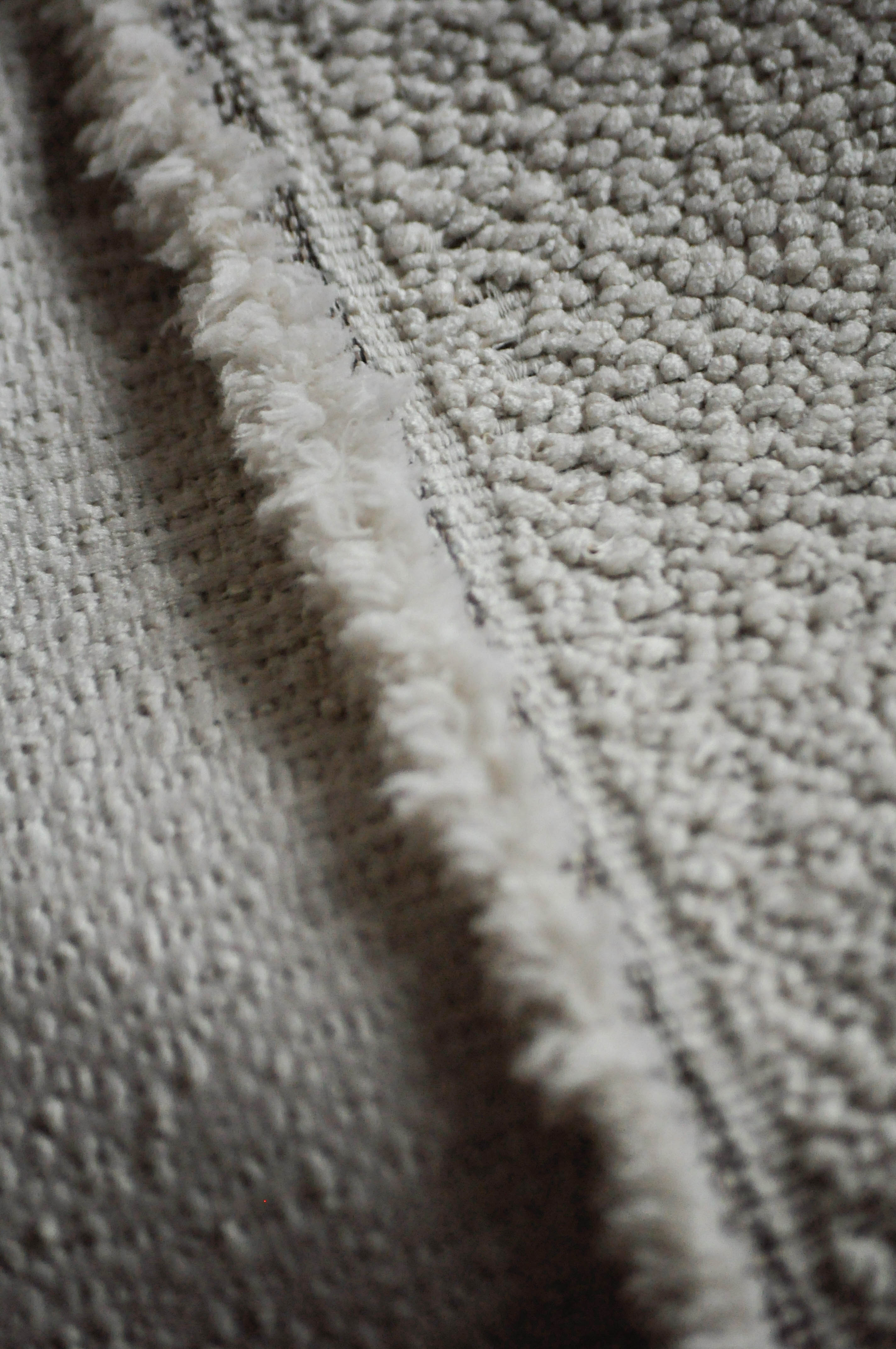
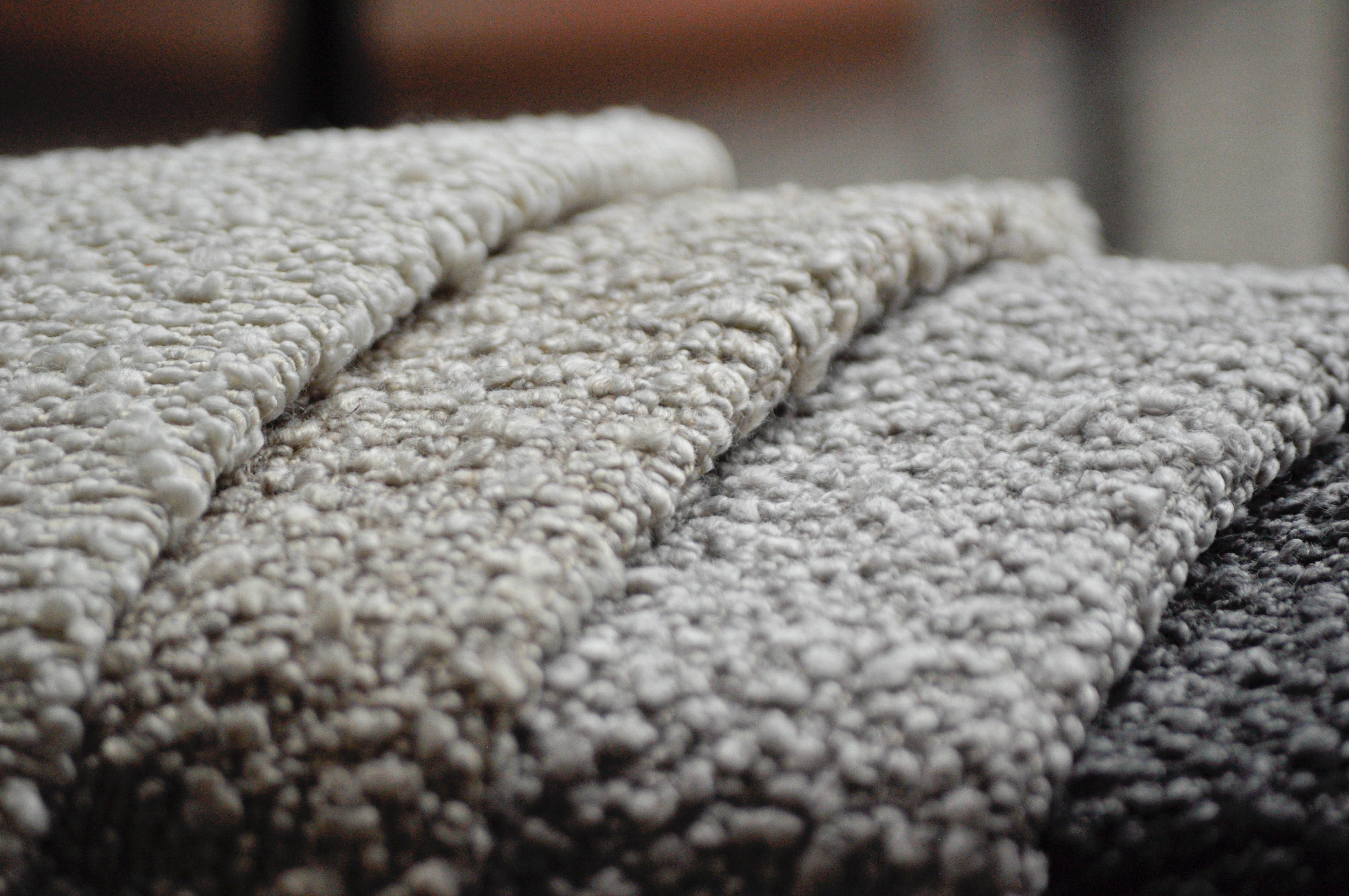
Chanel style fabric, or bouclé in the world’s catwalks.
The forenamed Chanel fabric is a soft and thick clothing material known all over the world for its unique bouclé weave. It was introduced to the world of fashion in the 1940s by Coco Chanel - an icon of style and class, who is said to have understood women from the times yet to come. Thus, the French origins of bouclé wool pertain not only to the name, but also to the long-standing tradition of using the fabric in the fashion industry.
Twenty years after launching her first suit, Coco Chanel, a famous French fashion designer at that time, started to experiment with fabric textures and came across bouclé wool. A boxy jacket created using this type of fabric quickly gained recognition from upper-class women and till this day has remained one of the greatest fashion phenomena and hallmarks of the brand. It owes its widespread popularity to an icon of style - Jackie Kennedy, the first lady of the United States in the 1960s, who wore the bouclé jacket on the day of the JFK assassination.
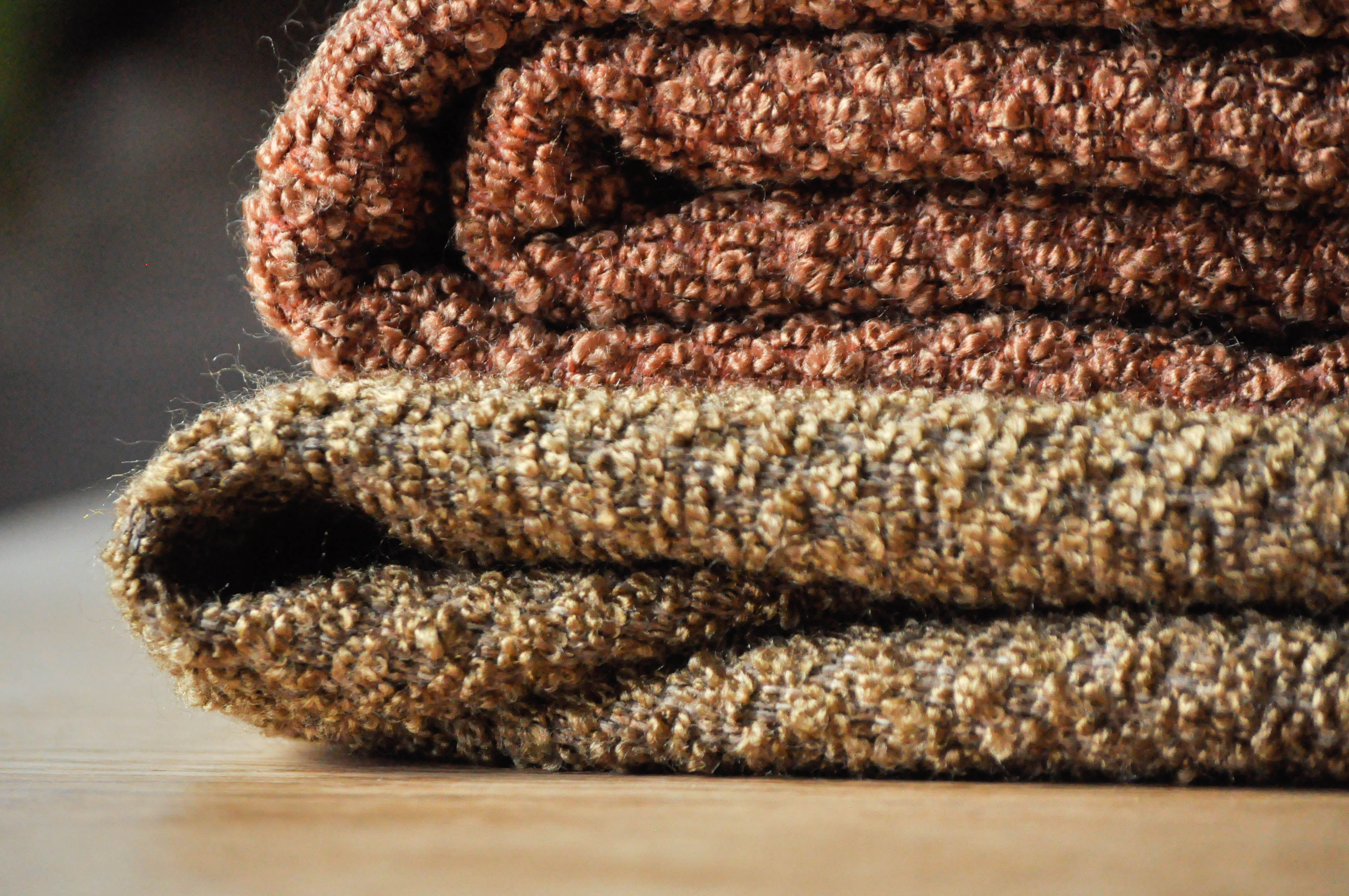
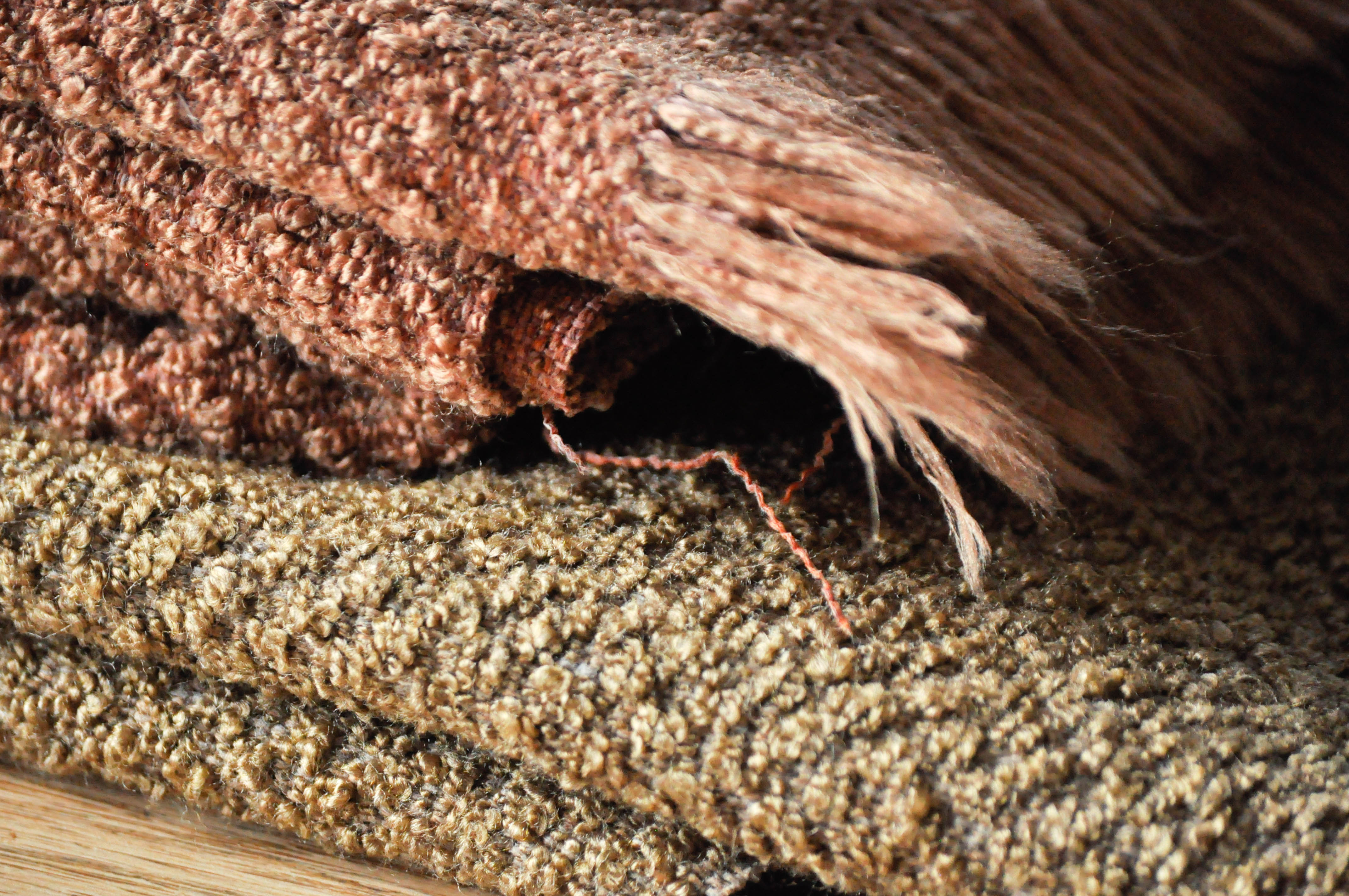
In the world of fashion, bouclé is appreciated mainly for its potential to create various, original, exceptional effects. Apart from its classic “salt and pepper” colour variant, bouclé looks splendid in vivid and pastel hues.
This agreeable fabric, indulgent to sewing imperfections, will satisfy the needs of demanding contemporary women who appreciate comfort and convenience. Worthy of note is the fact that, due to its unique composition, the fabric does not crease and is very practical.
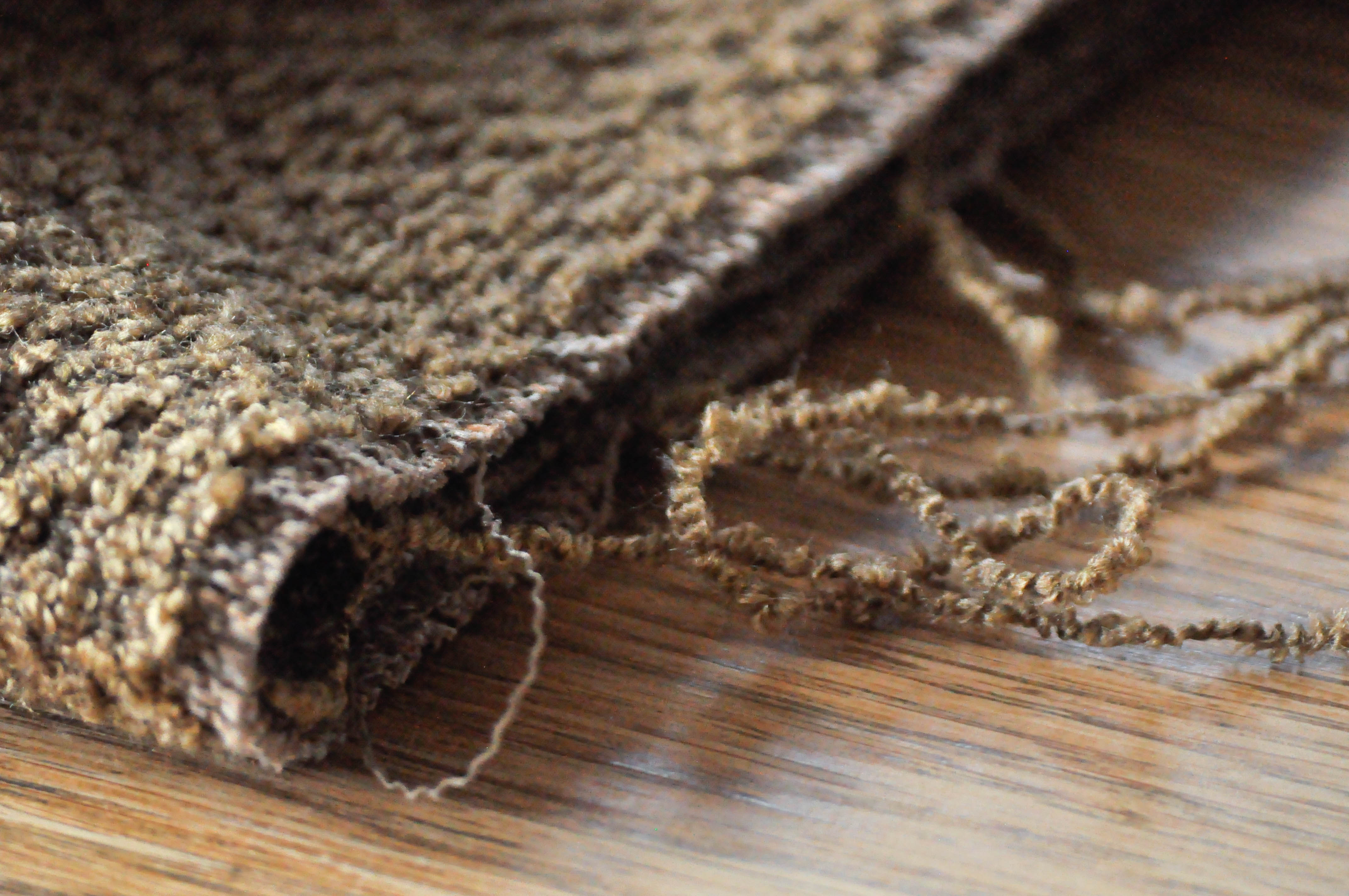
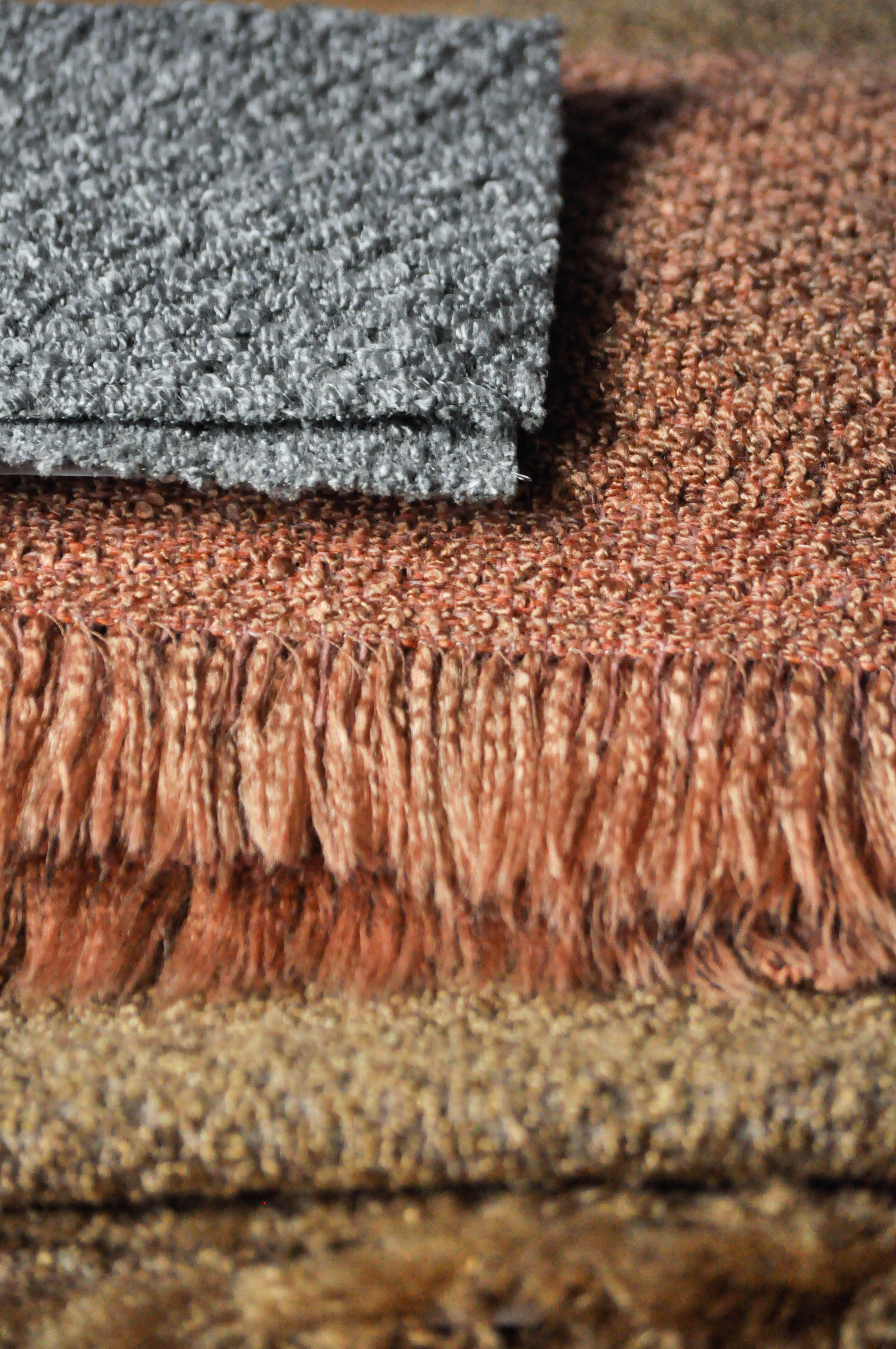
Bouclé - fabric for tough times.
When in 1948 Florence Knoll asked designer Eero Saarinen to create a chair for rest, relaxation and curling up in comfort, he presented her not only with a curly, rounded shape, but also curly (literally and metaphorically) upholstery, which looked like unruly sheep’s locks. This is how the Womb Chair was created.
Since then, bouclé has secured a permanent place among fabrics used in interior design and every now and then it goes through something of a renaissance.

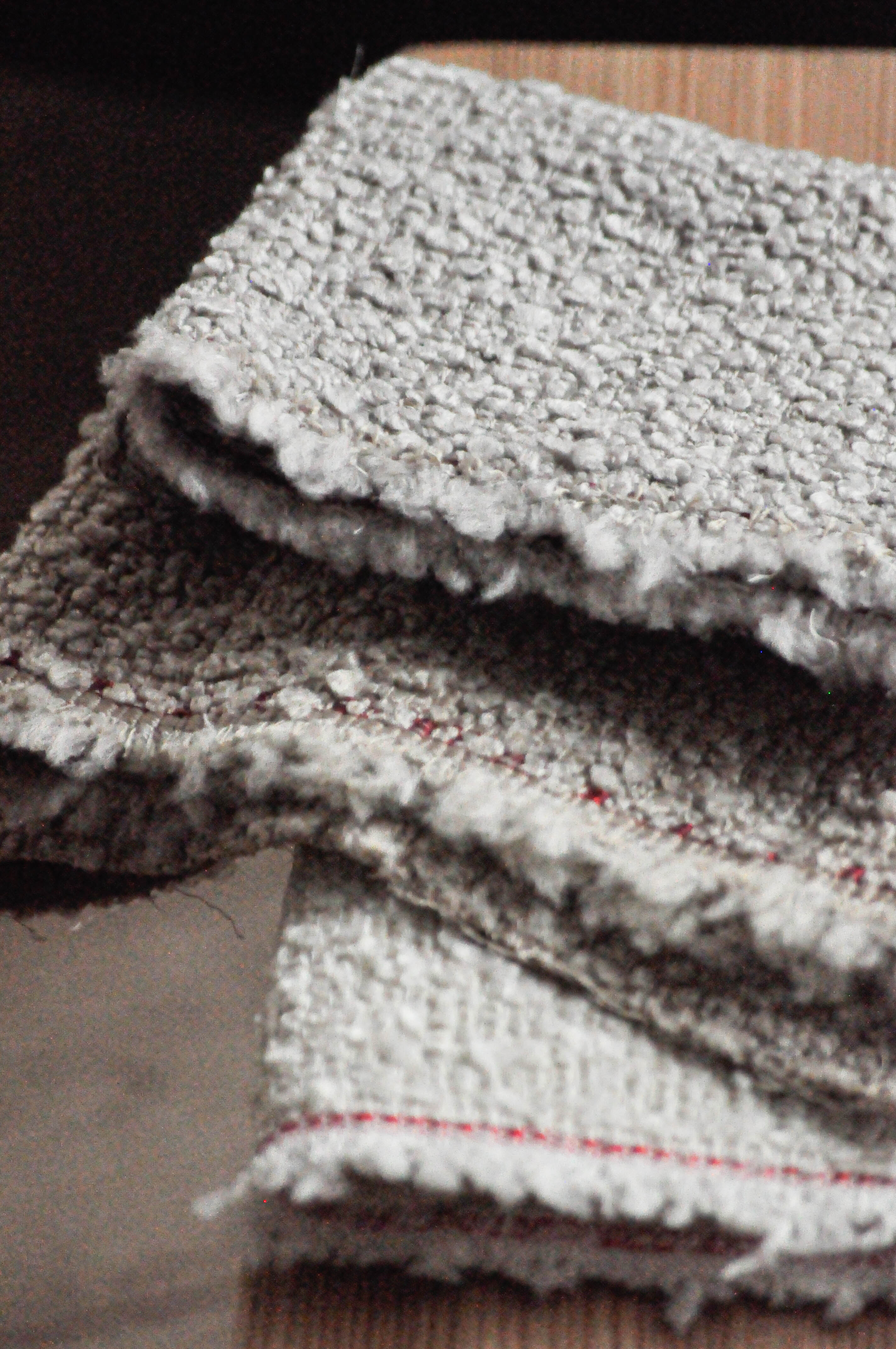
This happens periodically, when times become restless. Trend researchers have noticed that in times of crisis people turn to enveloping furniture. Sofas and chairs become rounded, everyday objects become tactile. We experience a growing need for natural materials and yearn for what is safe and calming for the eye, body and soul.
Nowadays, in times of social, political and global turbulence, our expectations towards everyday comfort and sense of security are ever increasing. It is immensely important to have a safe and soothing space in our homes, helping us to disconnect from any negative stimuli.
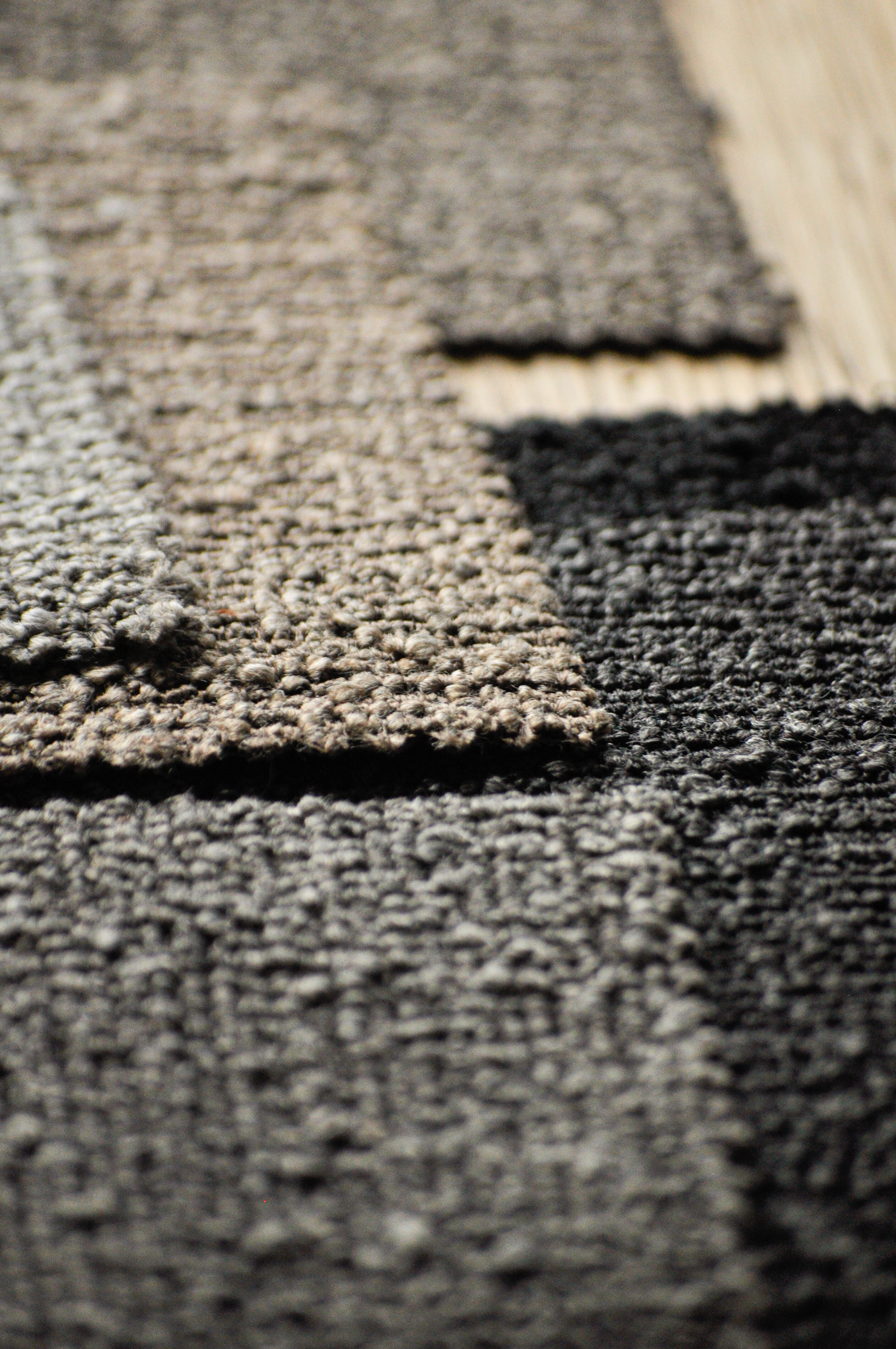
Among materials applied in multisensory design cantered around comfort and safety, fabrics have received the greatest focus.
Given its properties, it is not surprising that the bouclé fabric has yet again become very attractive today. Its organic softness and tactility, natural appearance and pleasant connotations offer the sense of warmth, comfort and peace.
Since bouclé is most often produced from wool, the fabric provides good thermal insulation, which translates into thermal comfort. Thus, it does not come as a surprise that many collections of blankets, bedspreads and cushions employ the bouclé weave.
Additional knots and nods make the fabric even thicker and almost three-dimensional. Furthermore, bouclé wool boasts great pliability and durability. It is fairly resistant to creasing, so its application in interiors is not only easy and convenient, but also practical.
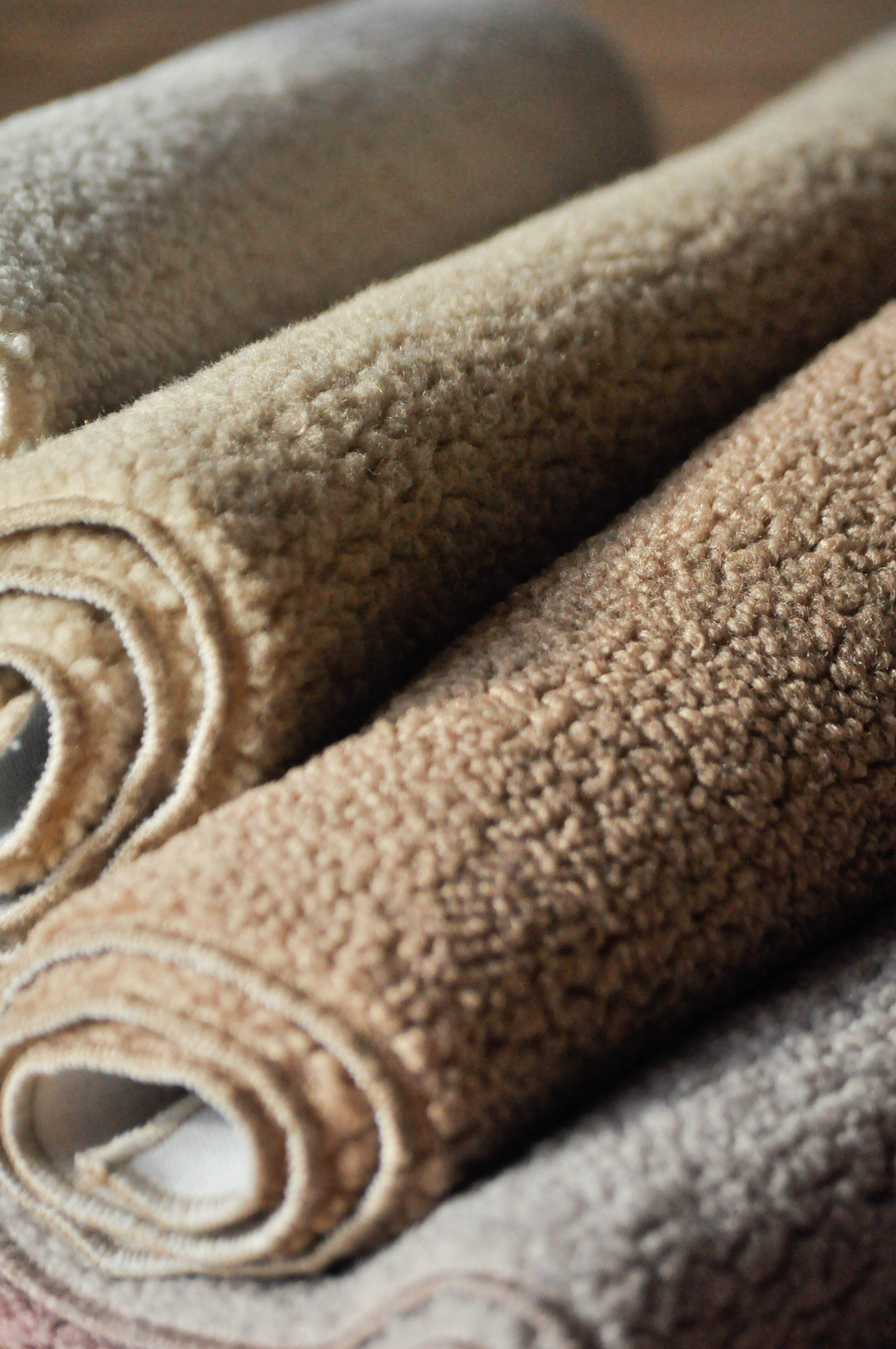
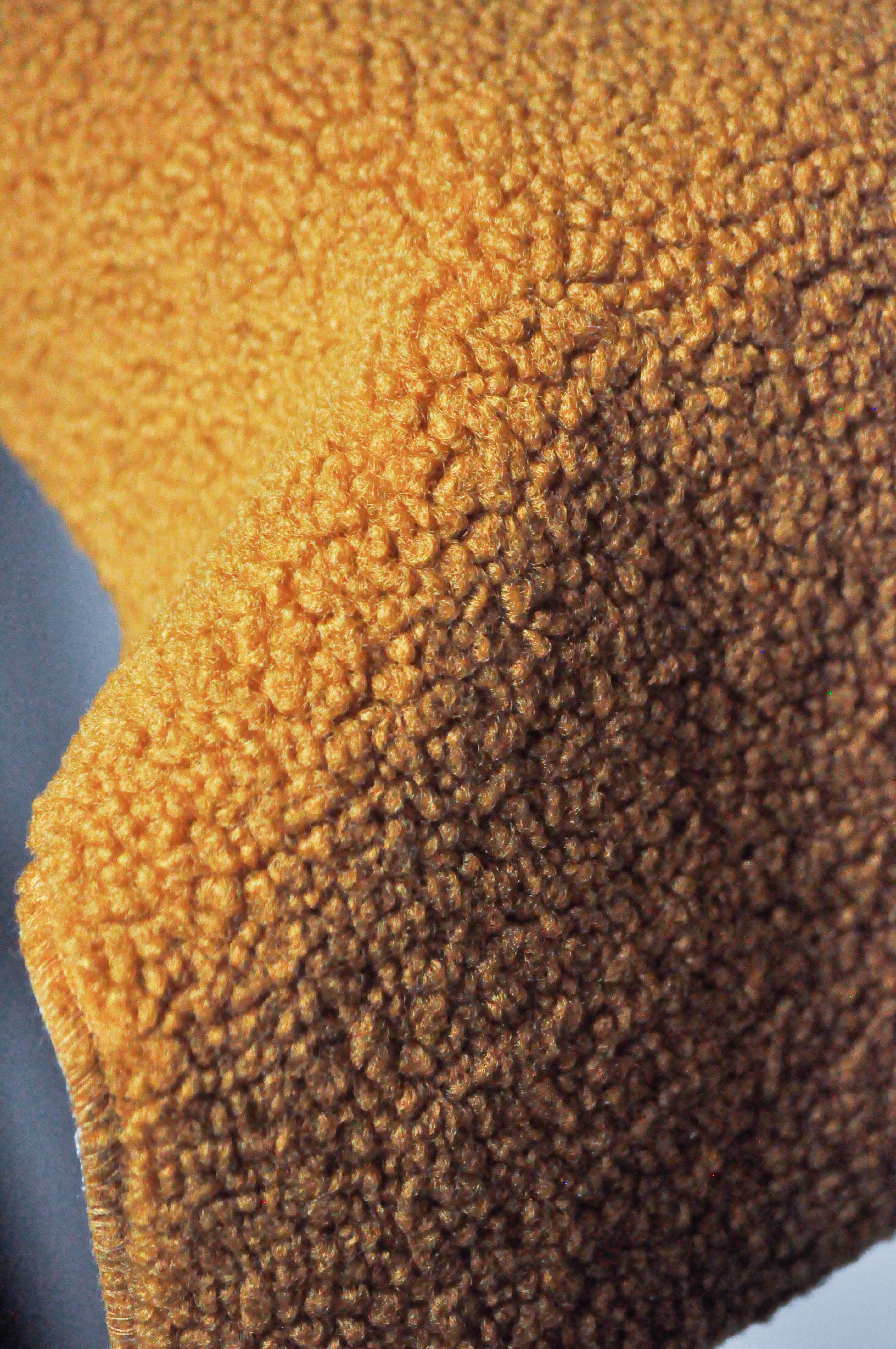
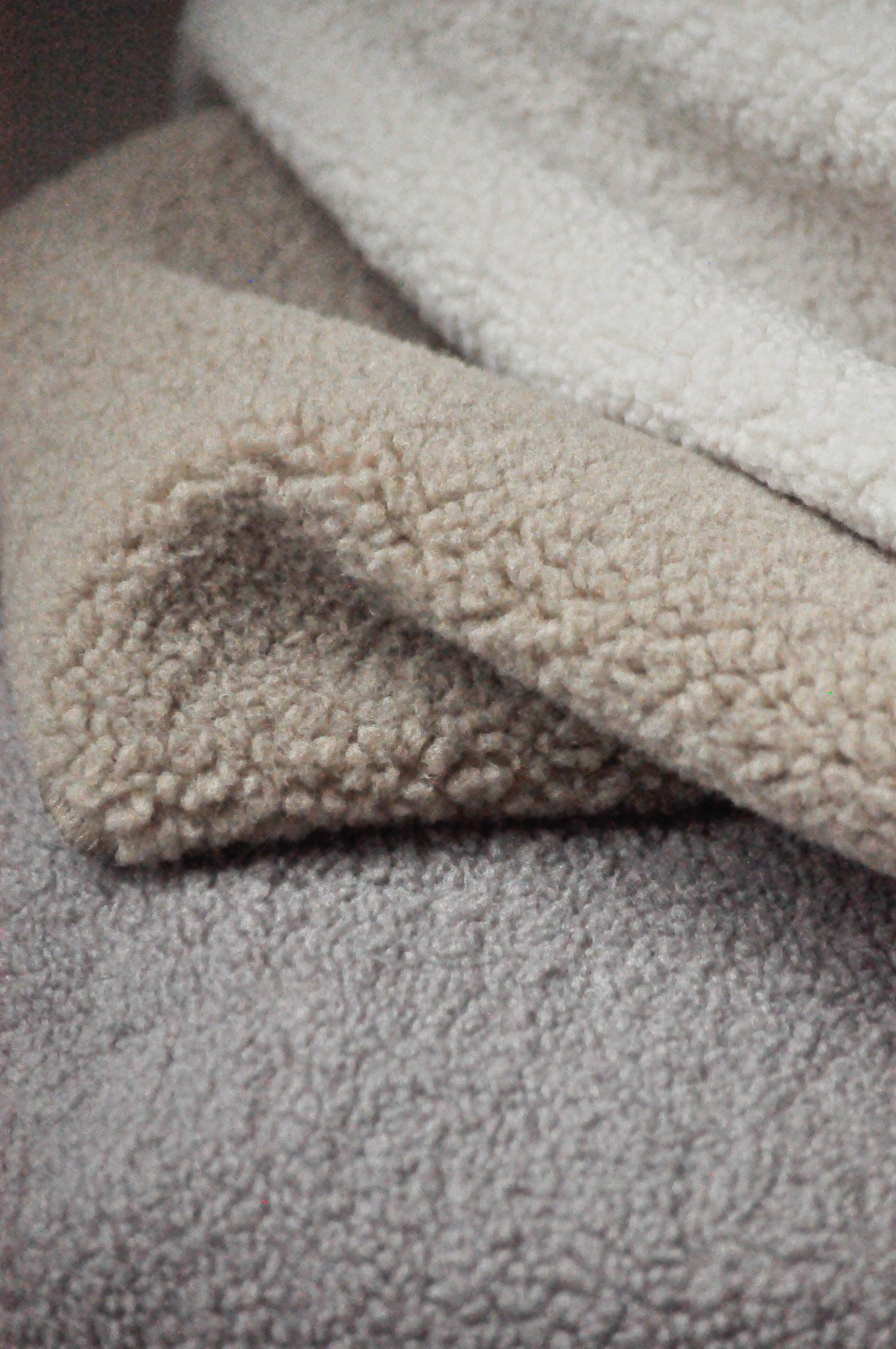
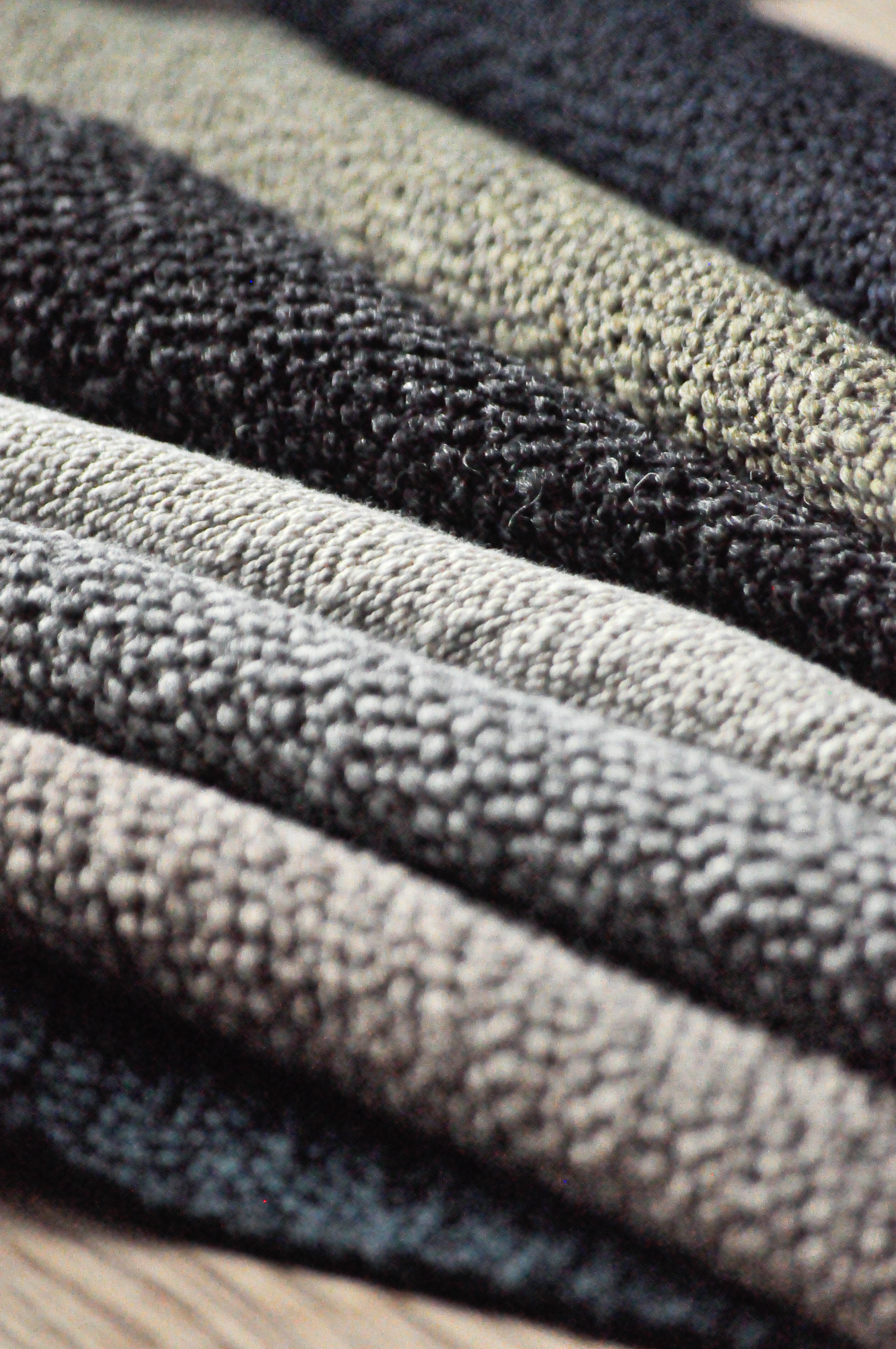
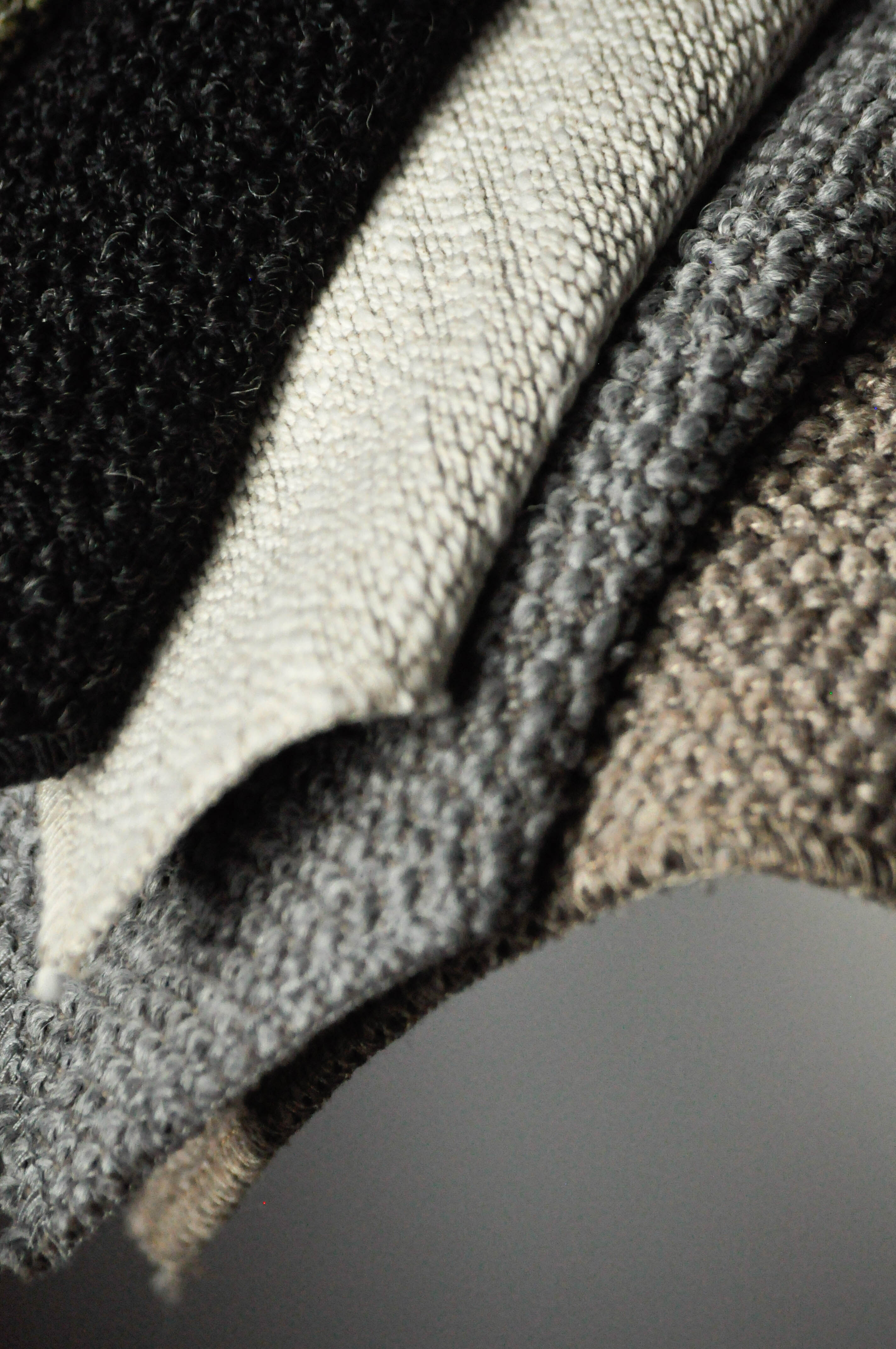
FABRICS FROM THE DEKOMA COLLECTION FEATURED IN THE BLOG ENTRY::
Session commissioned by DEKOMA.
Creative thought, photos, styling MBBM Studio.

